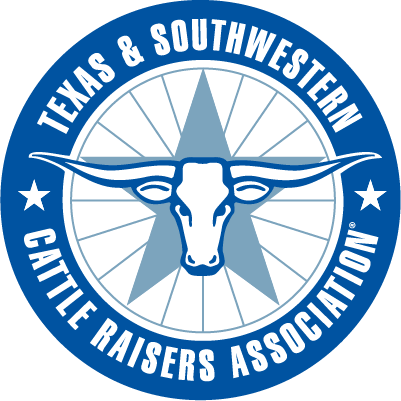Source: South Dakota State University Extension
At any of the commercial or private applicator re-certification trainings, you’re likely hear advice against wearing a respirator if you have facial hair. Although this may seem ridiculous, it is actually a safety concern. Any facial hair, whether a full beard or stubble, prevents the respirator from sealing to the skin or it may interfere with the function of the valve present on the respirator. This means that the respirator isn’t filtering the air properly, allowing dust, fumes, or chemicals to be inhaled.
The National Institute for Occupational Safety and Health’s (NIOSH) interpretation of the Occupational Safety and Health Administration (OSHA) Respiratory Protection Standard is that if you have an employee with facial hair, they aren’t allowed to wear a respirator until the facial hair is removed or altered to allow proper sealing and function. It is not the employee’s responsibility to make the decision, but instead the employer’s. Facial hair that can interfere with a respirator seal includes: beards, sideburns, mustaches, and 24 hours or more of stubble growth. Furthermore, if facial hair is present, fit tests (required by some companies) will be postponed until the facial hair is removed.
There are some respirators that are exempt from the policy based on the type of seal that is used. These include loose-fitting hood or helmet respirators.
For the original information, view the CDC’s NIOSH Conformity Assessment Interpretation Notice.
